|
Experiential learning resources for the innovative educator
A student-led learning classroom environment looks different than a traditional learning setting, including the teacher's role.
But what does that look like?
What does a student led classroom look like? Imagine you walk into a classroom or homeschool. You look around and see students spread out around the room. Some students are quietly lounging in bean bag chairs, reading, writing, or reflecting.
In the center of the room you see a small group of students chatting around a large table. You find some student sitting at desks, working away on computers. One of the students is creating an animation and another student is writing an email. You scan the room and see a couple of students watching a live webinar streaming from Facebook together. This is my classroom, and student-directed learners are designing and executing experiential learning activities, dominantly project-based student-led learning. This is what my student-led learning environment looks like for much of the day. Students design and lead their own learning experiences. The student in the beanbag chair is reading books to gather information for his project topic. The small group of students chatting around the table is brainstorming how best to reach an authentic audience. Another student is creating an animation as her final product. The student writing emails is connecting with community experts. A small group of students is watching the live webinar to learn about their project topic. Each student is learning in their own way, at their own pace. They may be guided by the same general objectives or learning standards that you set for them, but they meet those objectives by making a series of personal decisions, and the benefits of student-led learning are compelling.
The question, then, is where is the teacher in all of this? If the teacher isn't giving information through direct instruction or a structured learning activity, then what is the teacher doing?
Student-directed teachers still manage the classroom, provide resources, scaffold, organize learning activities, and provide input. What changes is their role. Rather than directors of learning, teachers are facilitators of learning. The teacher guides and supports, they challenge, they give feedback. They teach students how to learn. Keep reading for specifics! What does the teacher do in a student-led learning classroom environment?
1. Teach students how to direct their own learning:
A lot of students have spent the bulk of their time in school being given information through direct instruction. Teachers that want to transition to a more student-led learning approach are going to have to undo this mindset by teaching students how to learn rather than how to get the "right" answer.
Student-directed learning requires critical thinking, resourcefulness, problem-solving, and failing at times! Students may be uncomfortable with that at first. Give students opportunities and time to develop these skills. If you're looking for tools to help students with the transition and mindset shift to student-led learning, check out these tool kits. The materials included in each resource help guide students through the process of designing and leading their own learning experiences.
2. Get to know your students:
In order to serve your students effectively in a student-led learning classroom environment, you'll need to get to know who they are, what they're interested in, their learning styles, their passions and more. It is personalized. Knowing your students on this level will be critical when you're helping them design projects or work through learning activities.
The animation example that I used above was an actual project that one of my students did. She turned a subject that she found boring, neurotransmission, and made it more exciting and engaging by creating an animation that demonstrated this concept. I knew this student was a creator so helped her design her project around that passion. Relationship-building is huge and sometimes you have to be deliberate about getting to know your students. Work it not only into your day, but your curriculum.
3. Guide students through the process of developing learning experiences that are challenging, authentic, and innovative:
Just because student-led learners make choices doesn't mean they're always going to be great choices! Learners might not have the means or experience to know how to coordinate these experiences.
Your students need your guidance, expertise, connections, and advice. If you know your students, you will know if they're not challenging themselves, if their project design doesn't align with their goals, if they could expand their authentic audience, or if their project plan just doesn't match up with their learning objectives. My students design their projects using a project proposal. I walk the room while they hash out their project plans, check their proposals, offer suggestions, and sign off on them. This is one example of how I facilitate in a student-led classroom environment. 4. Help students create and manage personal learning plans: A personal learning plan (PLP) is a great tool for student-led learning. It is a plan that includes personal goals, interests, learning styles, project ideas, deadlines, etc. A PLP can really include whatever you feel helps guide students. It's helpful to pull that plan out when students are designing projects or learning experiences. My job as facilitator is to help students write their plans and modify them as students learn and grow. My personal learning plan is available in my TPT store. It is an editable Google Slides that can be copied and shared with each student. Click the image below.
5. Assist students in finding resources:
I think my biggest job as a facilitator is to help students find accurate and relevant information, connect with community experts, gather materials, and recognize learning opportunities. Remember above when I said that one of your jobs is to teach students how to learn? This is one way of doing that. Student-led learning really teaches learners to be resourceful, especially if you do project-based learning. If you don't know what I mean by that, go back to my post on the elements of project-based student-led learning. I taught a biotechnology seminar a while ago. One of my students was really interested in algae as a biofuel. I connected him with the researchers at the algae lab at the U of M, and my student took it from there. I modeled how to find an authentic learning experience relevant to his interests and learning objectives, he learned from that, and eventually was able to find these opportunities for himself.
6. Provide input and feedback:
Giving student-led learners consistent feedback is not only critical for growth and improvement, but students need it, desire it, and ask for it. Because they're not getting immediate and concrete feedback, such as a red check mark over an incorrect answer to a worksheet, they can feel a little lost at times. It is your job as the facilitator to observe the learning process of each student, give them pointers, ask that they go back to the drawing board, etc. I have my students complete self-assessments periodically throughout the learning experience. Usually that assessment is a rubric. I then go over the assessment with the student one-on-one. Formative assessments or quick end of the day reflections are great also, and are a little more efficient. Find a system that works for you. 7. Organize events that showcase student work to the community: There are so many interesting and creative ways to present final products to an authentic audience. One great default presentation option for students is to put final products on display at an organized event such as an exhibition night. I have my student-led learners design project-based learning experiences around the topic of "heritage" every year as a get-to-know you experience. We host a multicultural night for friends, family, and community members to view projects. Part of my job as a facilitator in a student-directed learning environment is to plan these events. I do, and I love it! There are also a variety of virtual authentic presentation options. My students have done virtual exhibition nights as well, using virtual museum platforms, such as artsteps.com.
8. Organize learning activities and sparks:
Not all time in my school learning environment is spent working independently on projects. We have group discussions, we do group projects, we go on field trips, do service learning, travel, watch the news together, invite speakers, host events, and do team-building activities. I even do direct-instruction at times. I'm not above that. I just limit it as much as possible. Many of these learning activities are connected to student-projects in some way, but some of them aren't. Some of them are simply done to inform students, start dialogue about an important issue or concept, or ignite a spark in a student or two. A huge part of my job is to find, plan, and coordinate these learning opportunities for students.
The photo on the far left is a speaker, Dr. Fisch, a Holocaust survivor and artist. A coworker of mine arranged for him to come in to speak to the school. The photo in the middle is a field trip to the Wildlife Science Center. I brought students there to spark interest and gather information for their endangered species projects. photo on the far right is of a student at a class team-building event that I arranged for my advisory.
9. Provide students with the tools to be successful student-directed learners:
Student-led learning does not have to be chaotic. You can and should offer structure. It is your role as their teacher to provide the tools that they need to design and lead their own learning experiences. Project-proposals, parameters, deadlines, guidelines for project reflections, graphic organizers, formative assessments, etc. are all great examples of devices that will help your students transition to successful student-led learners. They will need a system, at least right away. In time the hope is that they can become less dependent on you, as throughout the year they will be developing the skills to work more independently. 10. Everything else that comes along with being a teacher: You wear a lot of hats regardless of your teaching style or approach. You will always have a student that is distracting other students. You will have students that walk in the door with trauma that you can't (and do not want to) ignore. You need to manage tardies and absences, and grade and evaluate student work. The list goes on. With student-directed learning, however, some behavioral issues are mitigated because students have choice and autonomy. Learning experiences are based on their lives and who they are as unique individuals.
Student-led learning is powerful and is worth considering if you don't already use this approach. If you do offer student-directed learning experiences in your learning classroom environment, please share about your experiences!
Follow Experiential Learning Depot on Pinterest, Facebook, and Instagram for more on experiential education. Follow Experiential Learning Depot on TPT for resources updates, new resource alerts, freebies, and more!
Let's work together!
Click the links below to learn more:
Relevant Blog Posts:
Services:
If you're looking for more personalized guidance, check out our consulting options. This is a great option for those of you looking to develop a student-led learning program such as a school, classroom, homeschool, or summer program. Observe. Question. Explore. Share.
0 Comments
Your comment will be posted after it is approved.
Leave a Reply. |
Blog IntentTo provide innovative educational resources for educators, parents, and students, that go beyond lecture and worksheets. AuthorSara Segar, experiential life-science educator and advisor, curriculum writer, and mother of two. Categories
All
|
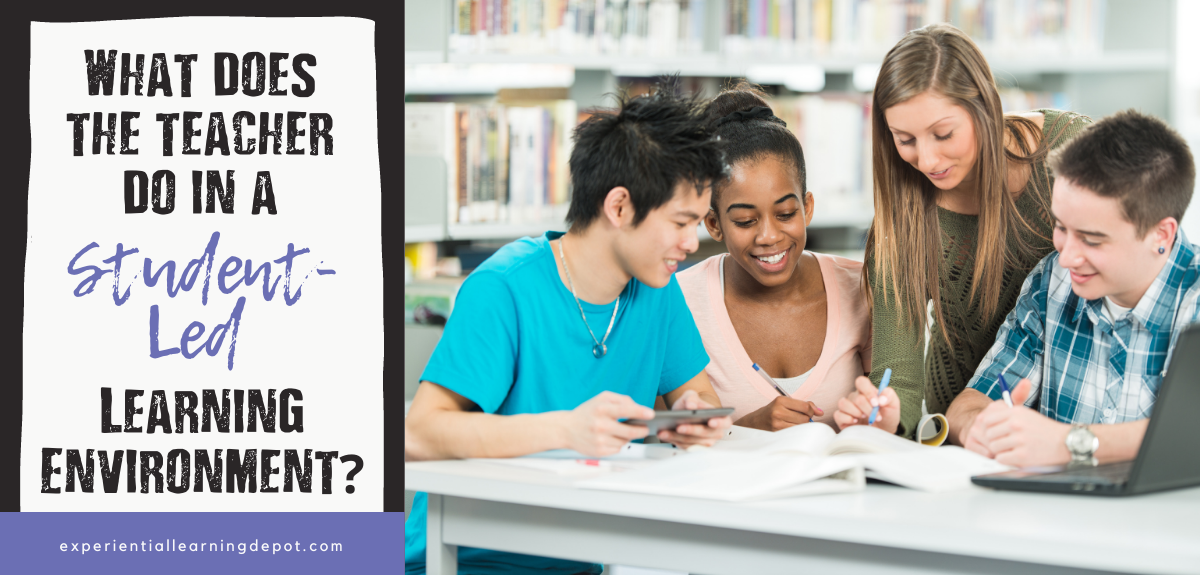
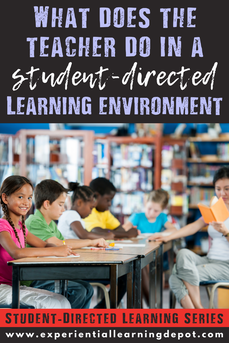
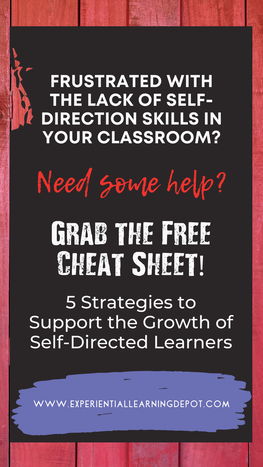
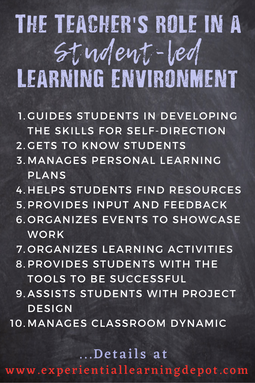
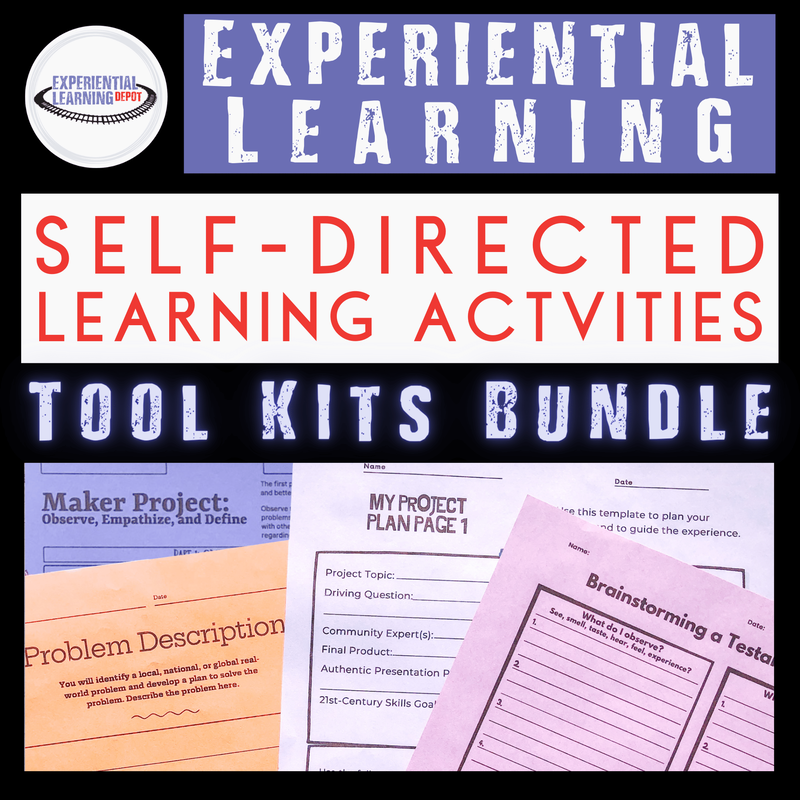
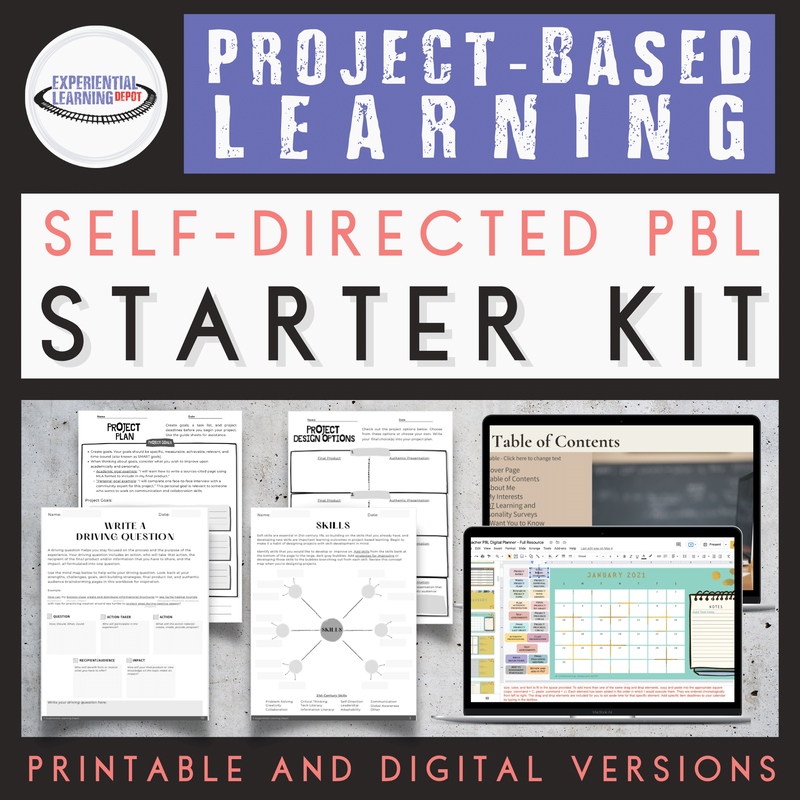
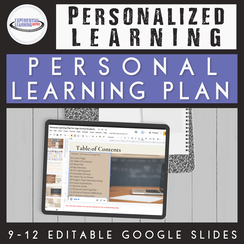
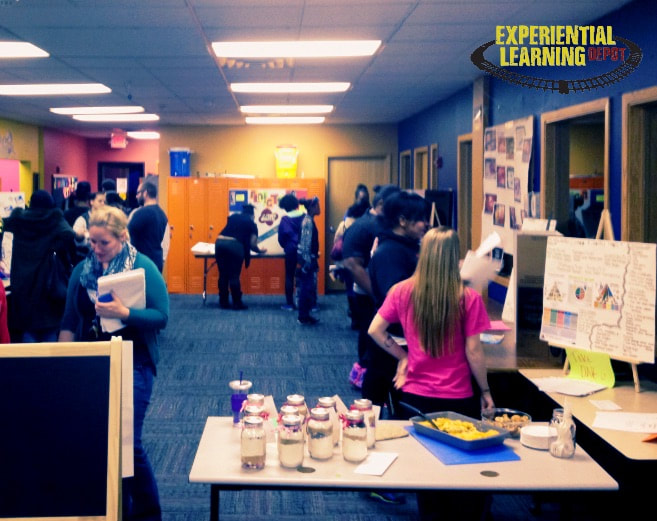
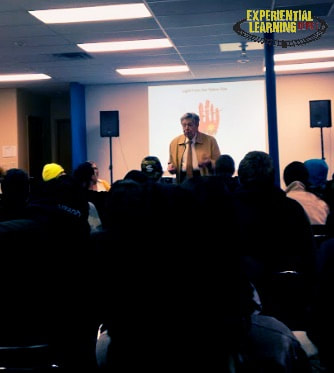
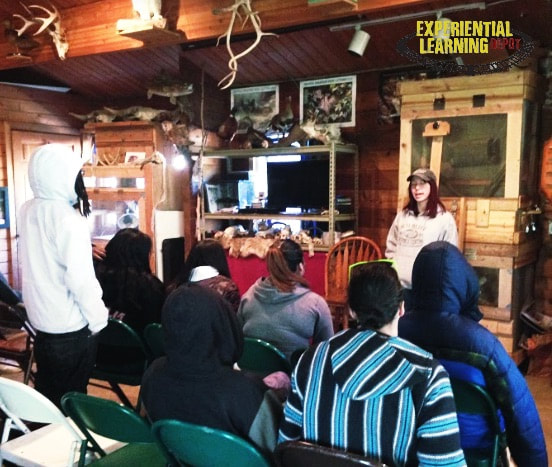
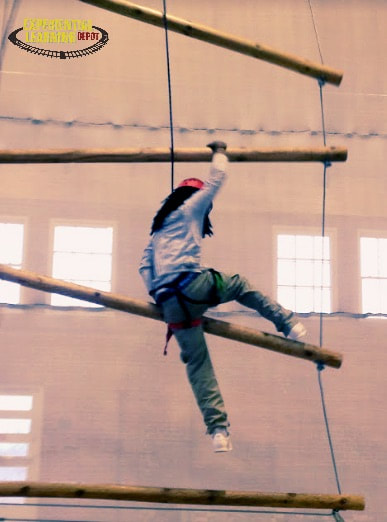
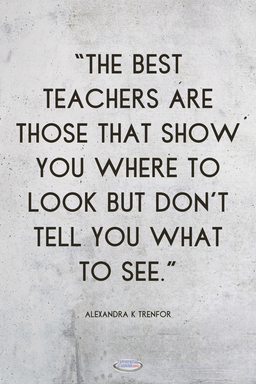
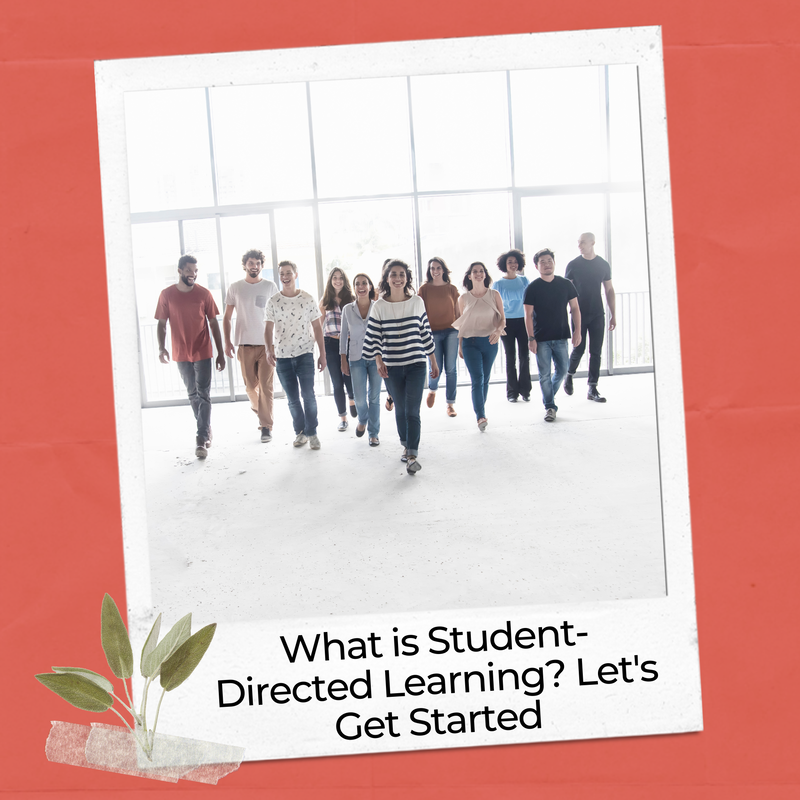
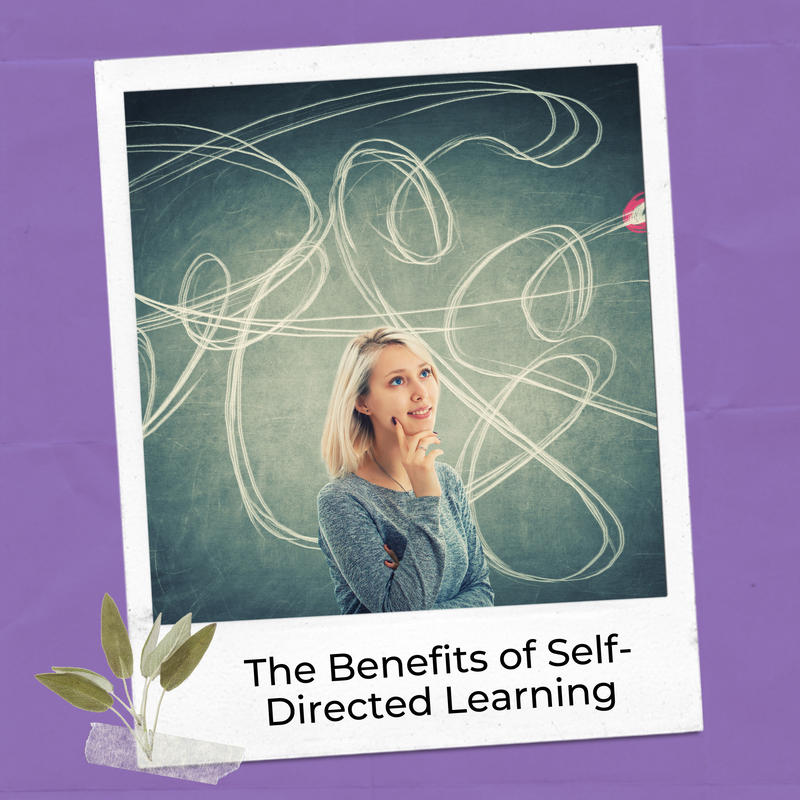
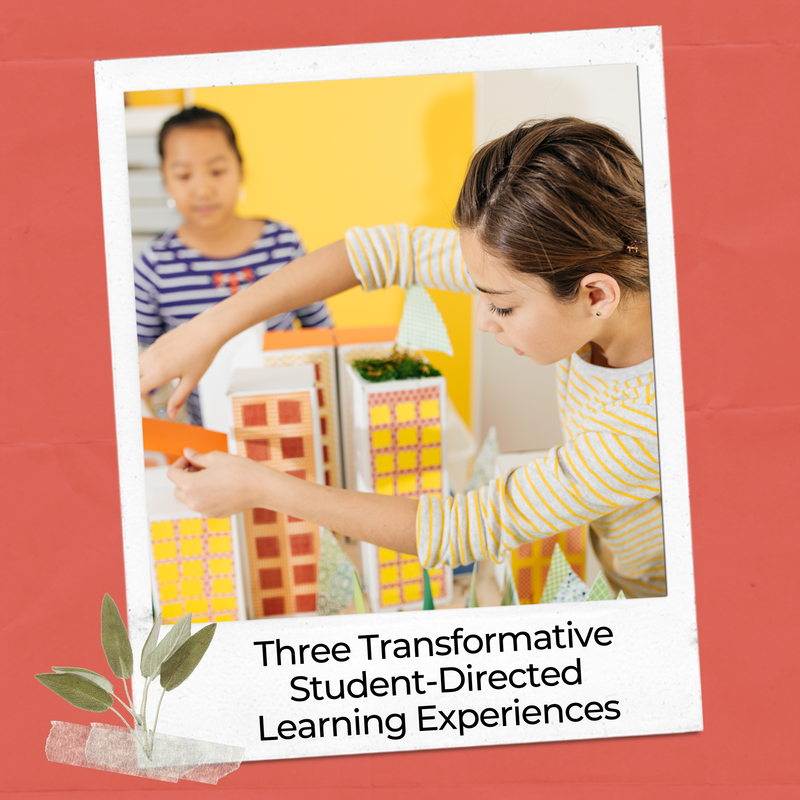


 RSS Feed
RSS Feed